The Asus ROG Ally X turns PC gaming into a portable console
A little more than a year after launching the ROG Ally, Asus is releasing a refined version of its portable device, the ROG Ally X. This Windows-based machine starts shipping on July 22 for $800. I’ve been playing with the portable console for a few days, and there's already a lot to like -- especially on the hardware front.
Released in 2022, Valve's Steam Deck helped mainstream handheld PC gaming. It wasn't the first company to explore the form factor, but Valve hit on the right combination of specs, portability and price.
When it became an instant hit, PC manufacturers took note. Lenovo released the Legion Go and Asus had its own take on handheld PC gaming with the ROG Ally. There are other niche manufacturers, such as Ayaneo, as well.
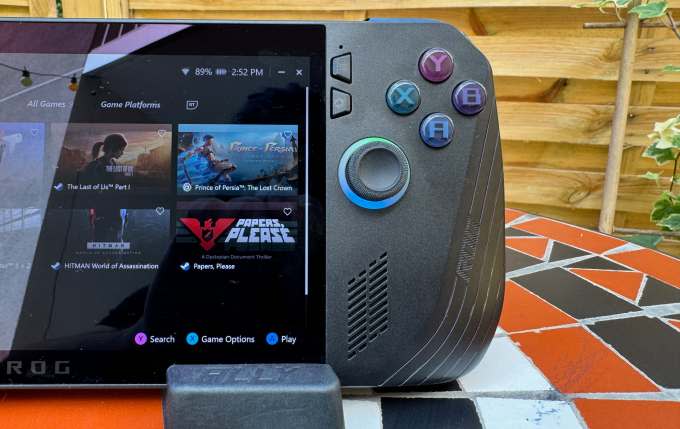
The device has a bright seven-inch display with a 1080p resolution and a 120Hz refresh rate. Like on a Nintendo Switch, the display is flanked by your standard array of gaming buttons and joysticks.
Unlike on the Switch, the controls aren't frustratingly small. The ROG Ally X feels like a full-size controller in your hands. The joysticks look and feel like the joysticks on a modern Microsoft Xbox controller. The A/B/X/Y buttons are large and clicky. The analog triggers have plenty of travel, as well.
I wasn’t totally sold on the D-pad, however. It feels mushy, a bit like the D-pad you would find on a third-party budget controller. Similarly, the View and Menu buttons are hard to reach. They are right next to the display, requiring me to stretch my thumbs to pause a game.
There are two additional macro keys at the back of the device. I configured them as View and Menu buttons, and it helped. On each side of the screen, you’ll also find a command center button to tweak performances on the fly and an Armoury Crate button to display Asus’ game launcher.
The ROG Ally X’s main software interface, Armoury Crate SE, is okay at best. It acts as a game launcher, centralizing everything you’ve installed from Steam, the Epic Games Store, Ubisoft Connect, etc. It can also change your device’s settings, from the joystick LEDs to the gamepad profiles.
If you spend as little time as possible in it, it gets the job done. But there are bugs (a game I installed using GOG Galaxy mysteriously disappeared from my list), it can be frustratingly slow to open a menu and I had a couple of crashes.
The same is true for the command center. It is an indispensable tool to adjust settings on the fly, such as the switching from Silent to Performance or Turbo mode, but it sometimes becomes slow to react to your interactions.
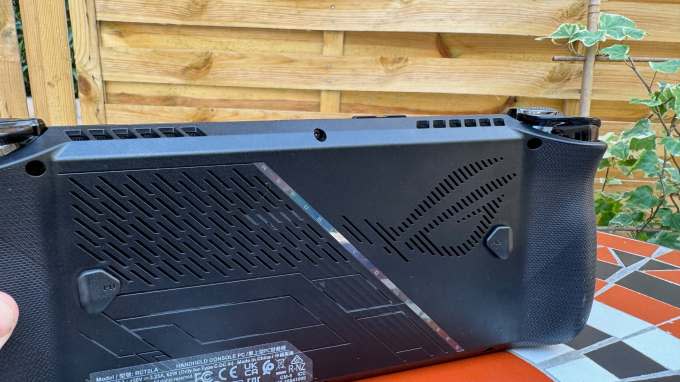
The device is comfortable to hold -- for short sessions, at least. The main issue with these kinds of PC gaming handhelds is that they are heavy. They also get warm, especially when you’re playing a game.
Prior to testing the ROG Ally X, I spent hours playing with the Logitech G Cloud, an Android handheld that has been specifically designed for cloud gaming and remote play. It’s an extremely satisfying experience as the G Cloud remains quiet (it’s a fanless device), you don’t have to worry about battery life and it’s easy to hold in your hands.
We are still at the very beginning of this massive shift in PC gaming from full-fledge PC towers to nimble-but-capable handhelds. Over time, gaming handhelds will become smaller, lighter and quieter. They’ll look more like an Android-based handheld. For now, however, experiences like the G Cloud remain limited.
The ROG Ally X, on the other hand, feels like the culmination of gaming handhelds. When Nintendo released the Game Boy 35 years ago, it felt like you could play NES games on the go.
Similarly, the ROG Ally X feels like a good gaming companion for long travel days or daily commutes on the metro. Despite its weight, I’ve had no issue immersing myself in games for several hours at a time.
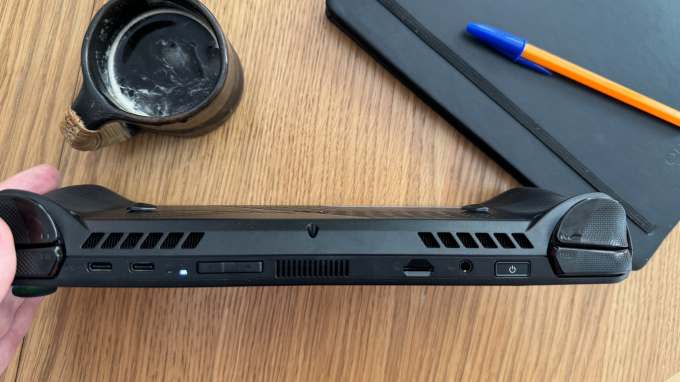
An indie game machine
When it comes to performance, Asus has kept the same APU for the ROG Ally X, the AMD Z1 Extreme. However, RAM has been increased from 16GB to 24GB. This makes a difference in gaming performance as memory is shared between VRAM and system RAM.
The handheld comes with a user-replaceable 1TB NVMe storage card (in 2280 format). The battery is twice as large (80Wh) as its predecessor, and the proprietary eGPU port has been replaced with a more standard USB Type-C with USB 4 support.
The device works particularly well with games that don’t need a top-of-the-range PC, such as Jusant, Cocoon or Prince of Persia: The Lost Crown. The ROG Ally X can easily render 60 to 120 frames per second for those games in 1080p without using the 30W boost mode.
For AAA games, you have to make some compromises. I could get around 45 frames per second with the high graphics preset in Marvel’s: Spider Man by enabling RSR, AMD’s resolution upscaling feature. As for games that were really struggling on previous handhelds, there’s no magic here. For instance, you have to use low settings and aggressive resolution scaling in The Last of Us: Part I to reach 30FPS.
If you’re really into strategy games or simulation games, the ROG Ally X might not be the best form factor for those games. At least you can plug it to a monitor and use a mouse and keyboard if that’s the only PC that you have.
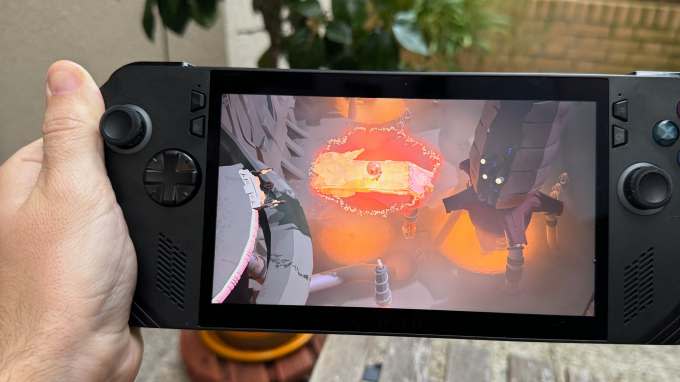
As for battery life, it really depends on the type of games that you play and the power mode that you select. You can play Baba is You in “silent mode” for a long time. But using “boost mode” for The Last of Us is going to impact your battery life significantly. Unfortunately, I haven’t had enough time with the device to perform thorough tests, but I’m sure many reviewers will release benchmarks this week.
As a gaming console, the most surprising thing about the ROG Ally X is that it’s a PC that runs Windows — at least on paper. Sure, you can install whatever you want and use it in desktop environment. But Windows without a mouse and keyboard is a frustrating experience. It’s fine if you want to install a game launcher and a few games. But a proper laptop (or even a smartphone) is more convenient for everything else.
Similarly, as it’s a PC you can install all games that are available on Windows. But some will run better than others so you have to adjust your expectations. You also can tweak the settings to get more battery life or better looking games.
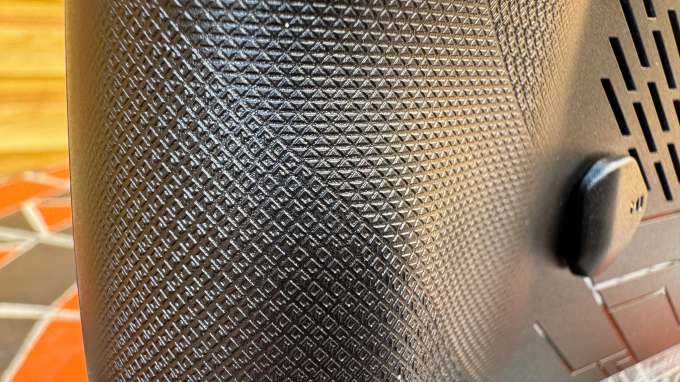
The ROG Ally X has a console-like form factor. But don’t expect a polished, console-like experience — this isn’t a Nintendo Switch competitor. In many ways, the ROG Ally X, or at least this handheld form factor, could be considered as an early preview of the future of PC gaming. A future shaped like a console that works like a PC.

